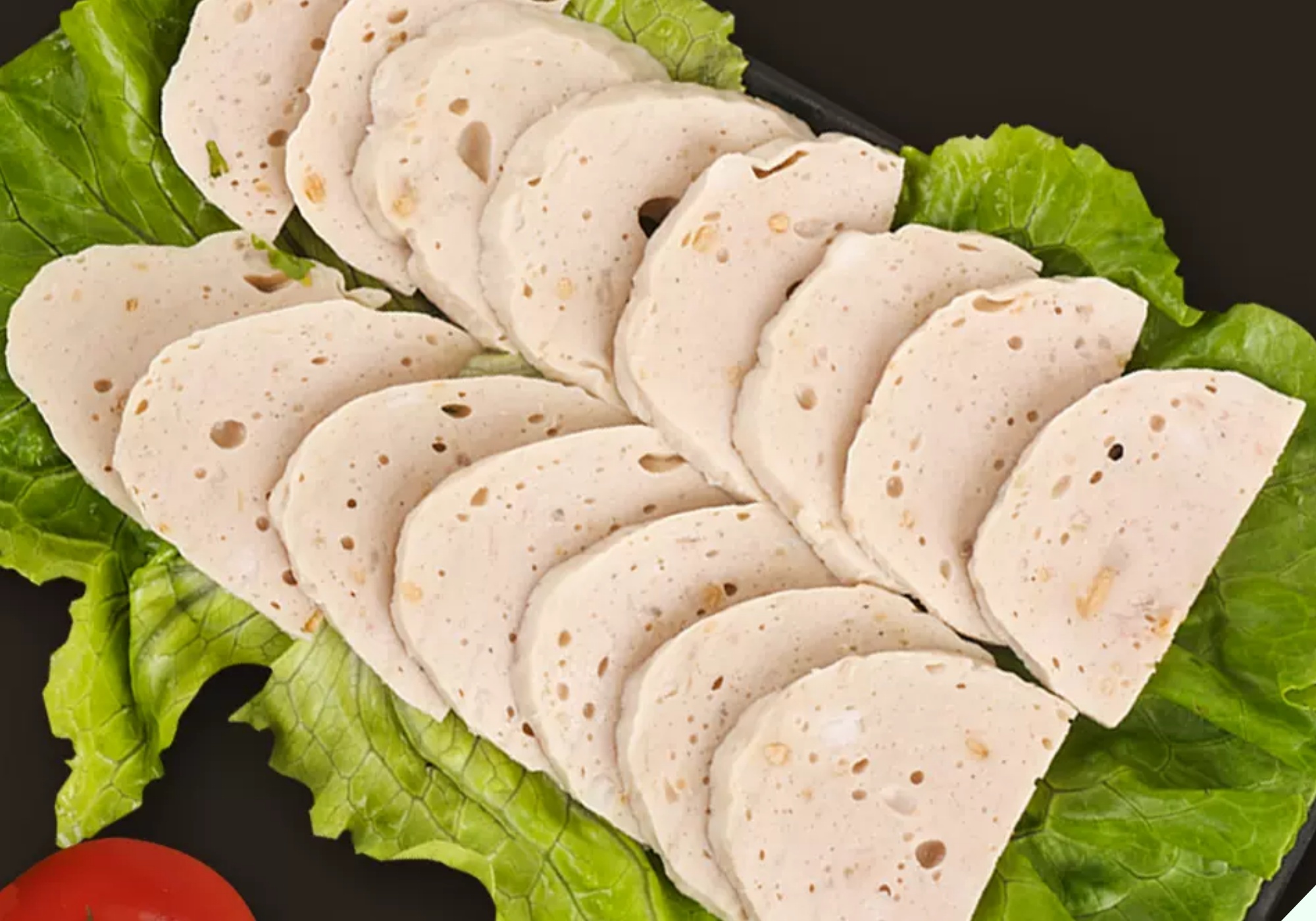
While there are many types of giò lụa (Vietnamese pork sausage) on the market today, some of them contain hàn the (sodium borate), a chemical compound banned by the Ministry of Health from being used in food processing due to its potential health risks.
Sodium borate is added to food products to keep them looking fresh and moist, and to prolong their shelf life. However, it can cause digestive issues and, if consumed in large amounts over a long period, can lead to liver and kidney damage, and even infertility.
Pregnant women are especially vulnerable to the toxic effects of sodium borate, which can also accumulate in the body over time, leading to general weakness and, in some cases, organ failure.
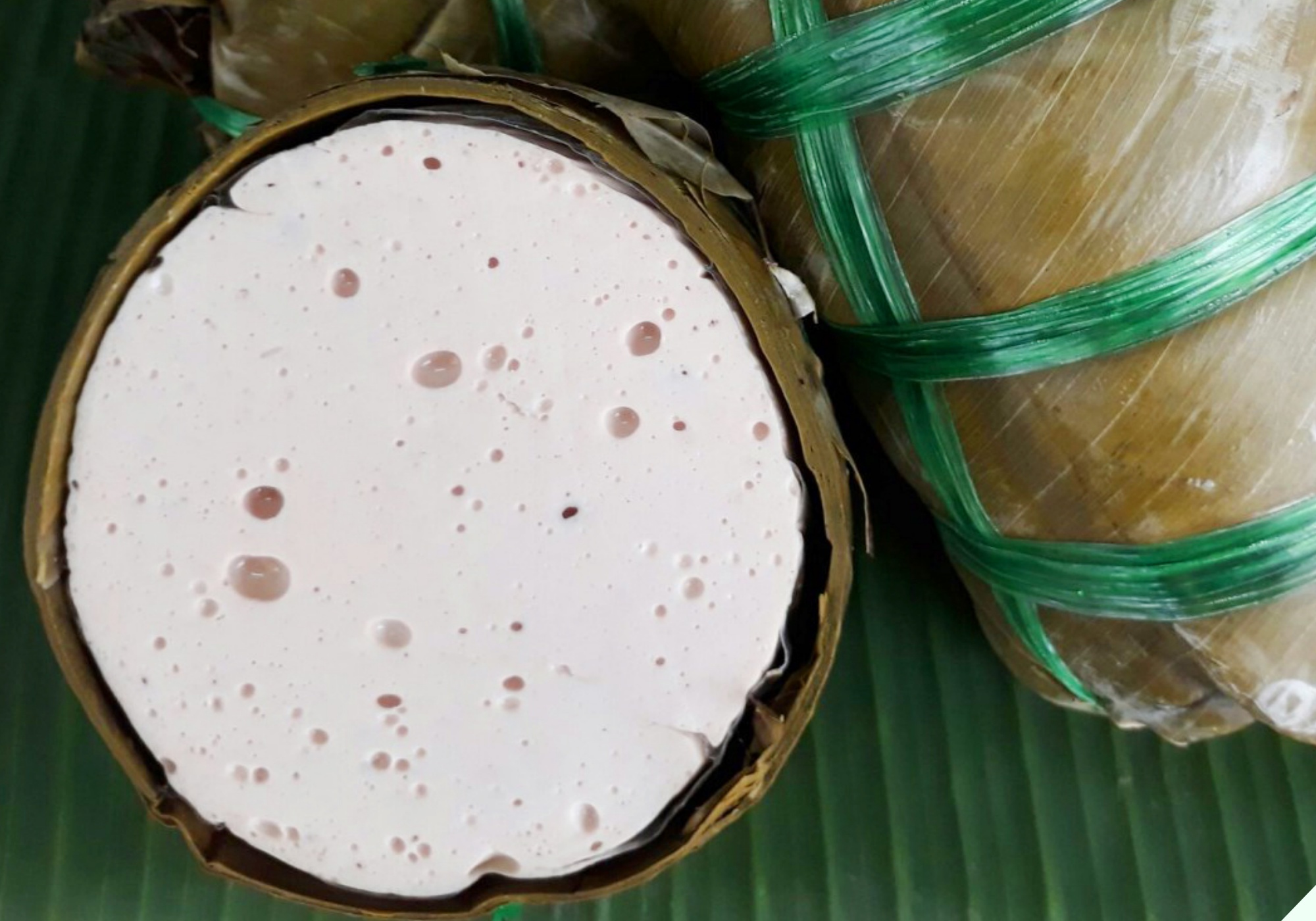
With giò lụa being a popular food choice during the Tết holiday season, it is important to be able to distinguish between sausages with and without sodium borate.
Tips for Choosing Sausages: Sodium Borate-Free vs Regular Giò Lụa
Surface Appearance
When buying giò lụa, pay attention to the surface of the sausage. A good-quality sausage will have a porous, spongy surface with a slightly off-white to light pink color. You should be able to feel a slight resistance when cutting through it with a knife.
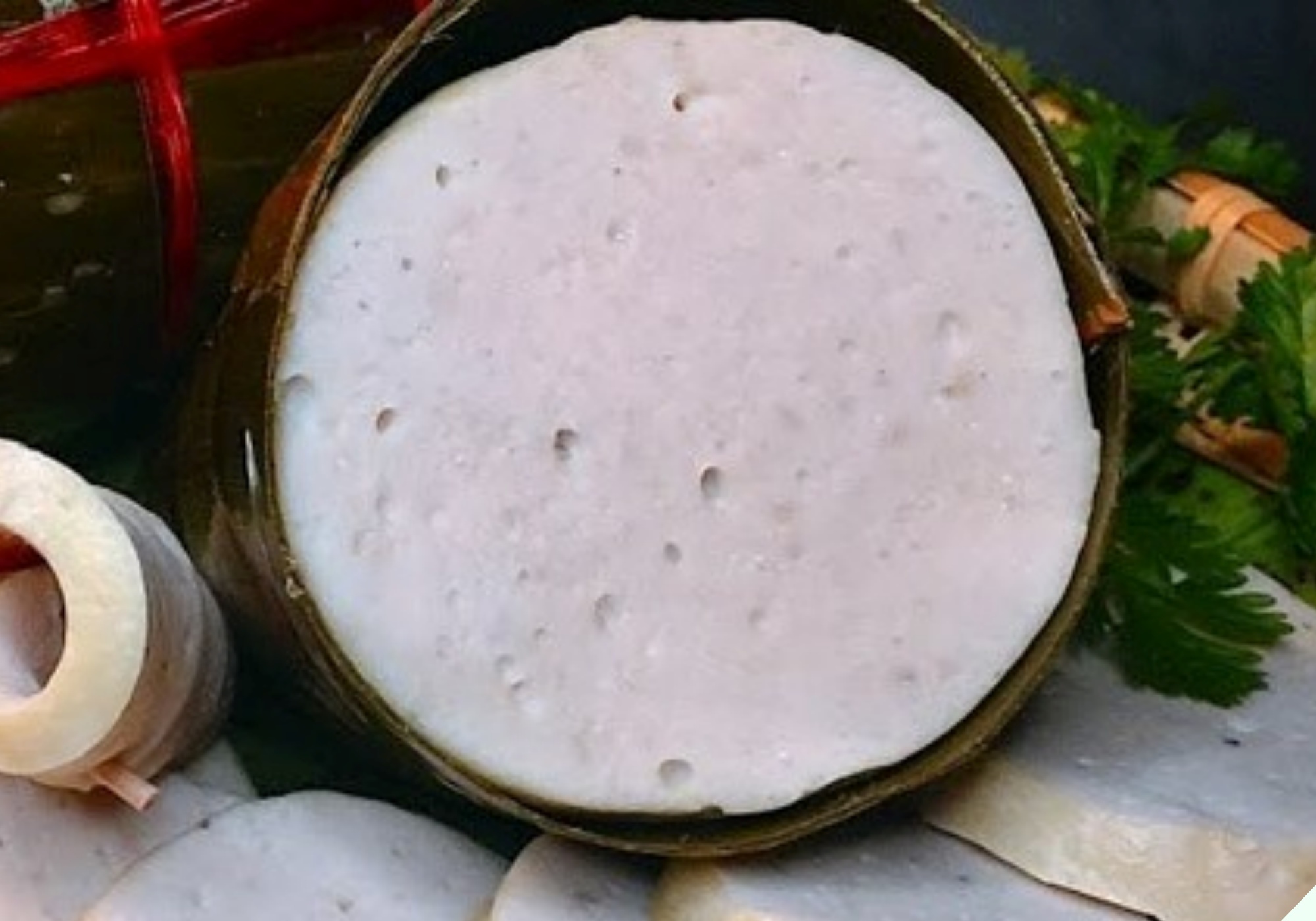
On the other hand, if the surface of the sausage looks unusually smooth and shiny, with a bright white color, and it cuts easily without any resistance, it is likely to contain sodium borate.
Smell and Taste
The aroma and flavor of sodium borate-free giò lụa are quite distinct from those with the chemical additive. A natural sausage should have a sweet, meaty aroma with hints of banana leaf, and its flavor should linger on the palate after consumption.
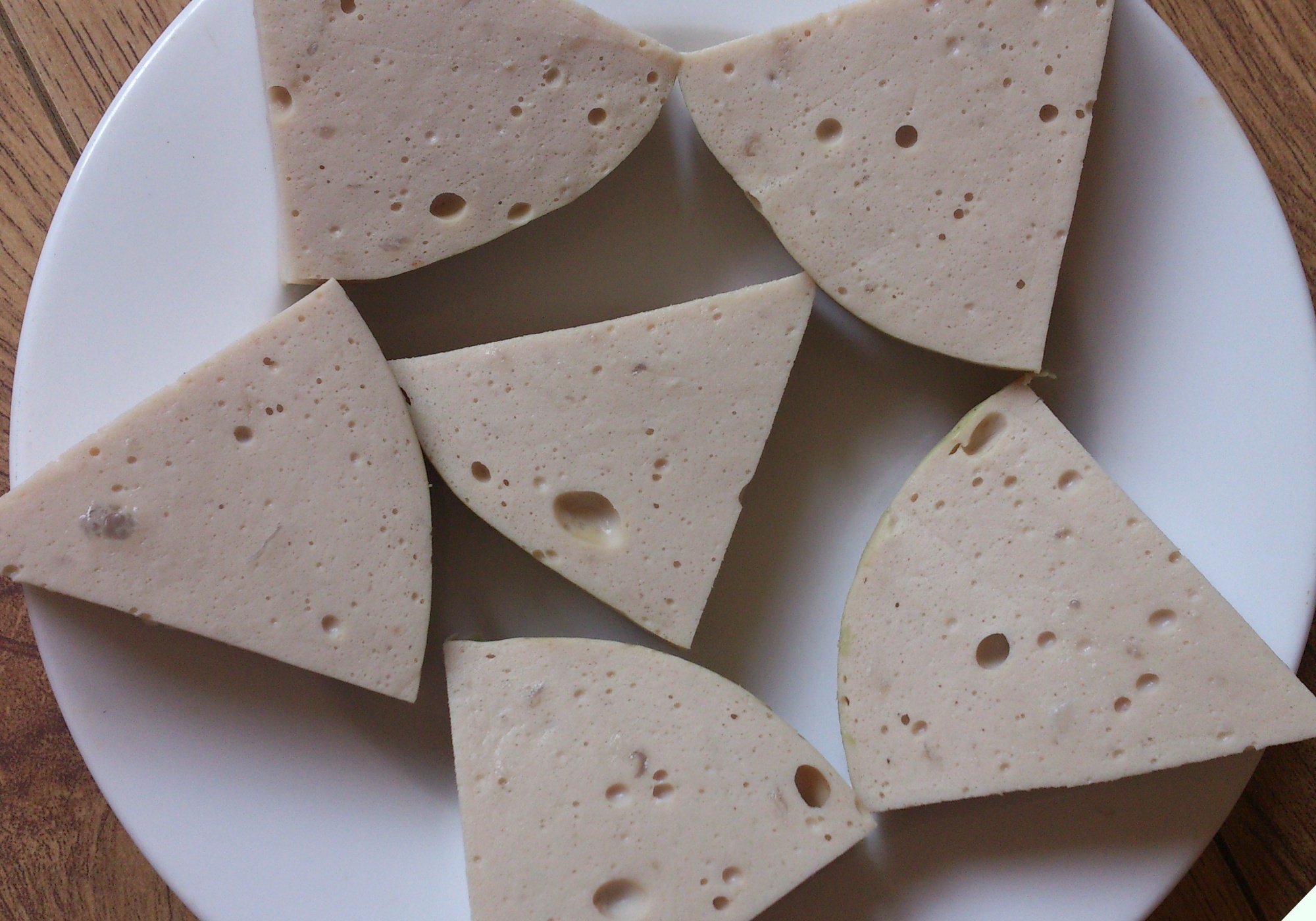
In contrast, sausages with sodium borate and other additives tend to have a stronger, more pungent smell and taste. They may also leave a slippery sensation in the mouth and lack the distinctive flavor of the banana leaf wrapping.
Texture
The most noticeable difference between sodium borate-free and regular giò lụa is their texture. A natural sausage will be soft, tender, and moist, without any dryness or toughness. On the other hand, a sausage with sodium borate will have a chewier, bouncier texture.
Turmeric Paper Test
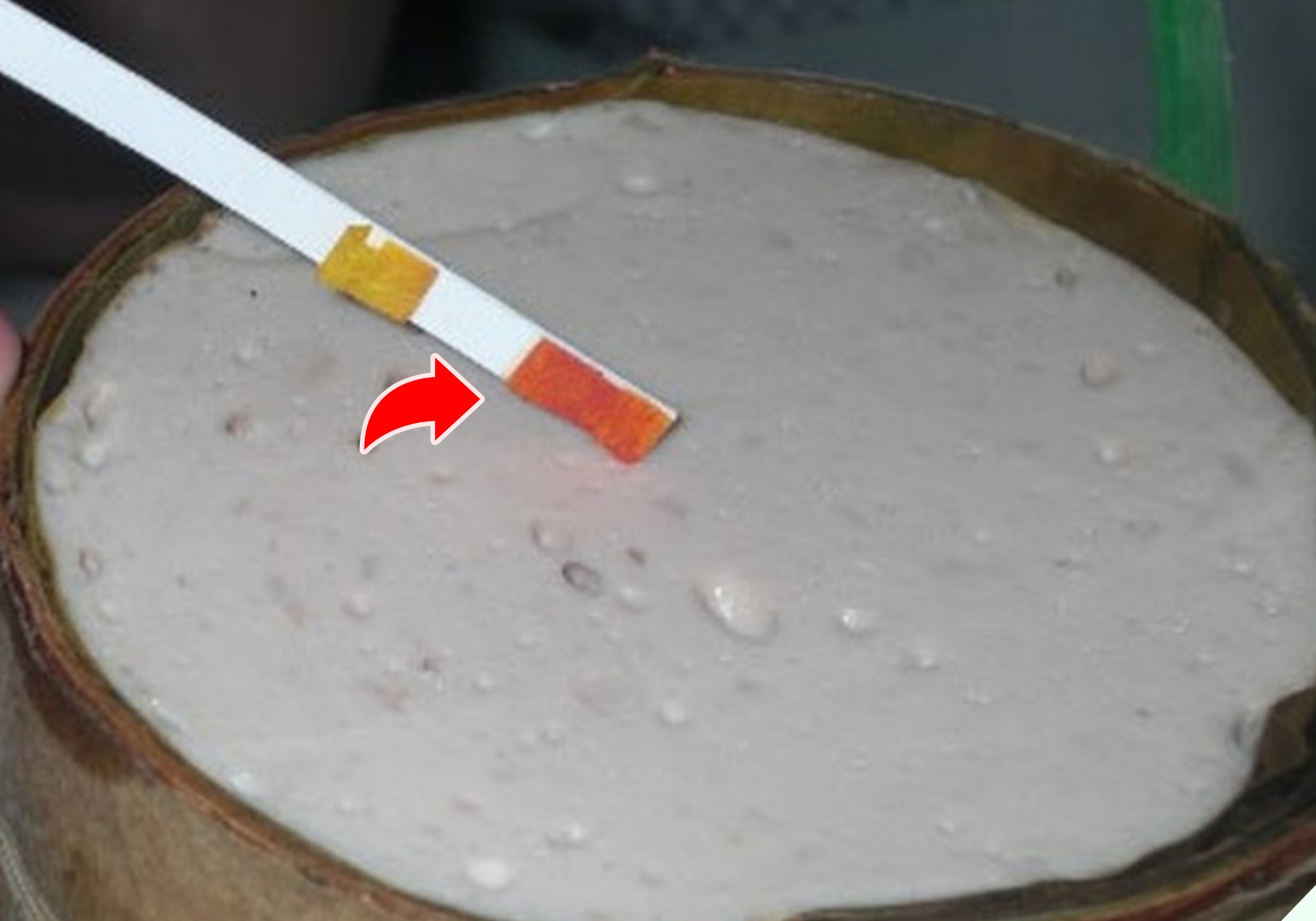
A popular trick shared among Vietnamese housewives is to use turmeric paper to test for the presence of sodium borate. Here’s how it’s done:
– Cut a piece of sturdy paper and soak it in a solution of turmeric powder and water.
– Allow the paper to dry completely.
– When purchasing giò lụa, place the dried turmeric paper on a corner of the sausage. If the paper turns red, it indicates the presence of sodium borate, and you should avoid buying that product.
To ensure the safety of your food, it is recommended to buy from reputable sources or, better yet, make your own giò lụa at home. Below is a simple recipe for you to try.
Easy Homemade Giò Lụa Recipe for Tết
Ingredients

– 600g pork loin
– 1 pig’s ear
– 50g wood ear mushrooms
– 1 knob of ginger
– Scallions
– Marinade:
+ 1.5 tsp fish sauce
+ 2 tsp sugar
+ 1.5 tsp salt
+ 1 tbsp tapioca starch
+ 2 tbsp cornstarch
+ 2 tsp ground black pepper
+ 2 tsp crushed black peppercorns
+ 1 tbsp cooking wine
+ 1 tsp baking powder
Instructions
Step 1: Freeze the Pork
– Clean and slice the pork loin.
– In a bowl, combine the pork with the fish sauce, sugar, salt, black pepper, tapioca starch, and cornstarch. Mix well and refrigerate for about 1.5 hours until slightly frozen.
Step 2: Prepare the Pig’s Ear
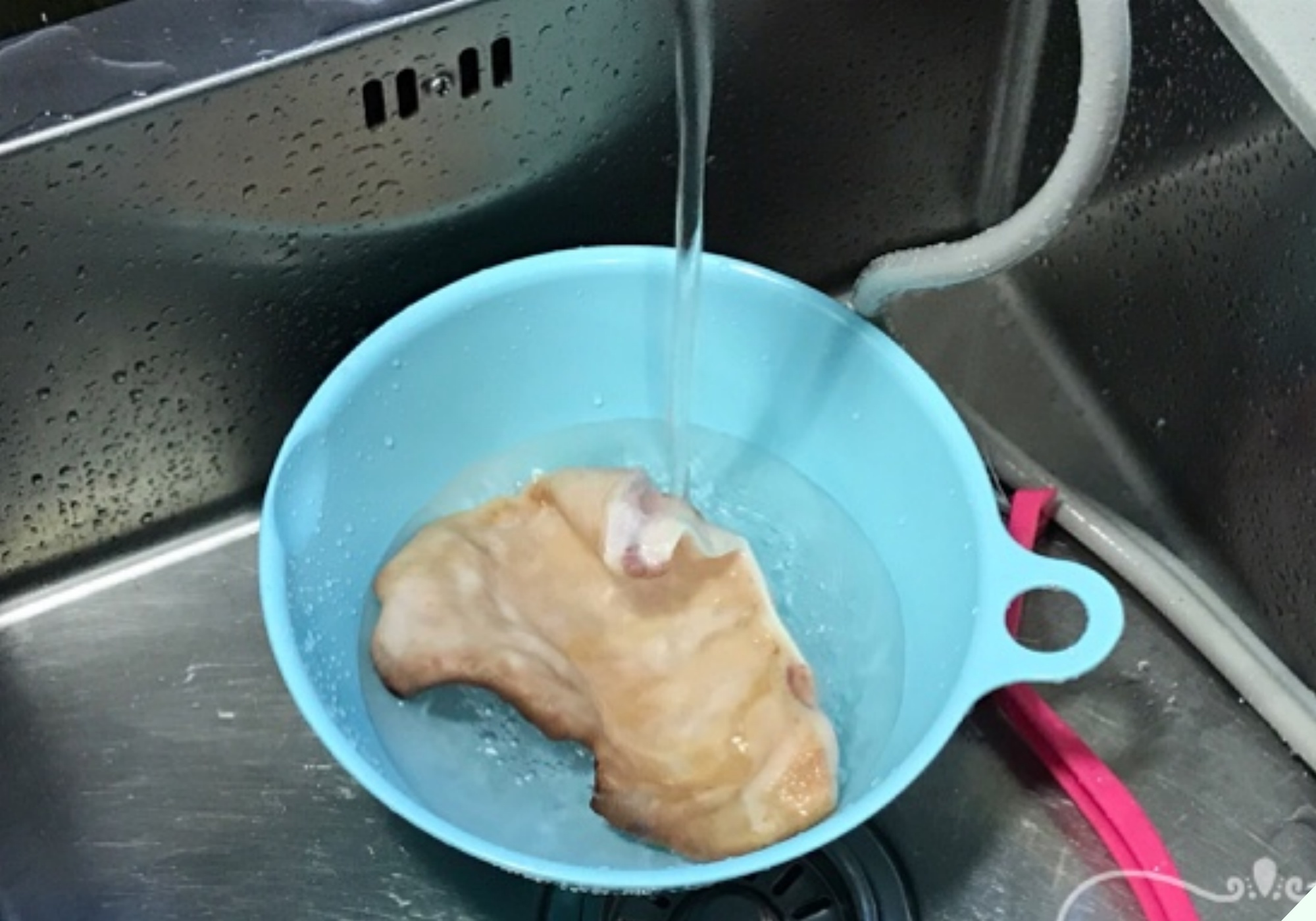
– Clean the pig’s ear and soak it in a solution of salt and white vinegar.
– Rinse and pat dry.
– In a pot, combine ginger, scallions, cooking wine, 1 tsp salt, and 1 tsp sugar with water. Add the pig’s ear and boil until tender.
– Dry the boiled ear and cut into small pieces.
– In a bowl, mix the pig’s ear with 6 tbsp of water and a pinch of baking powder. Set aside.
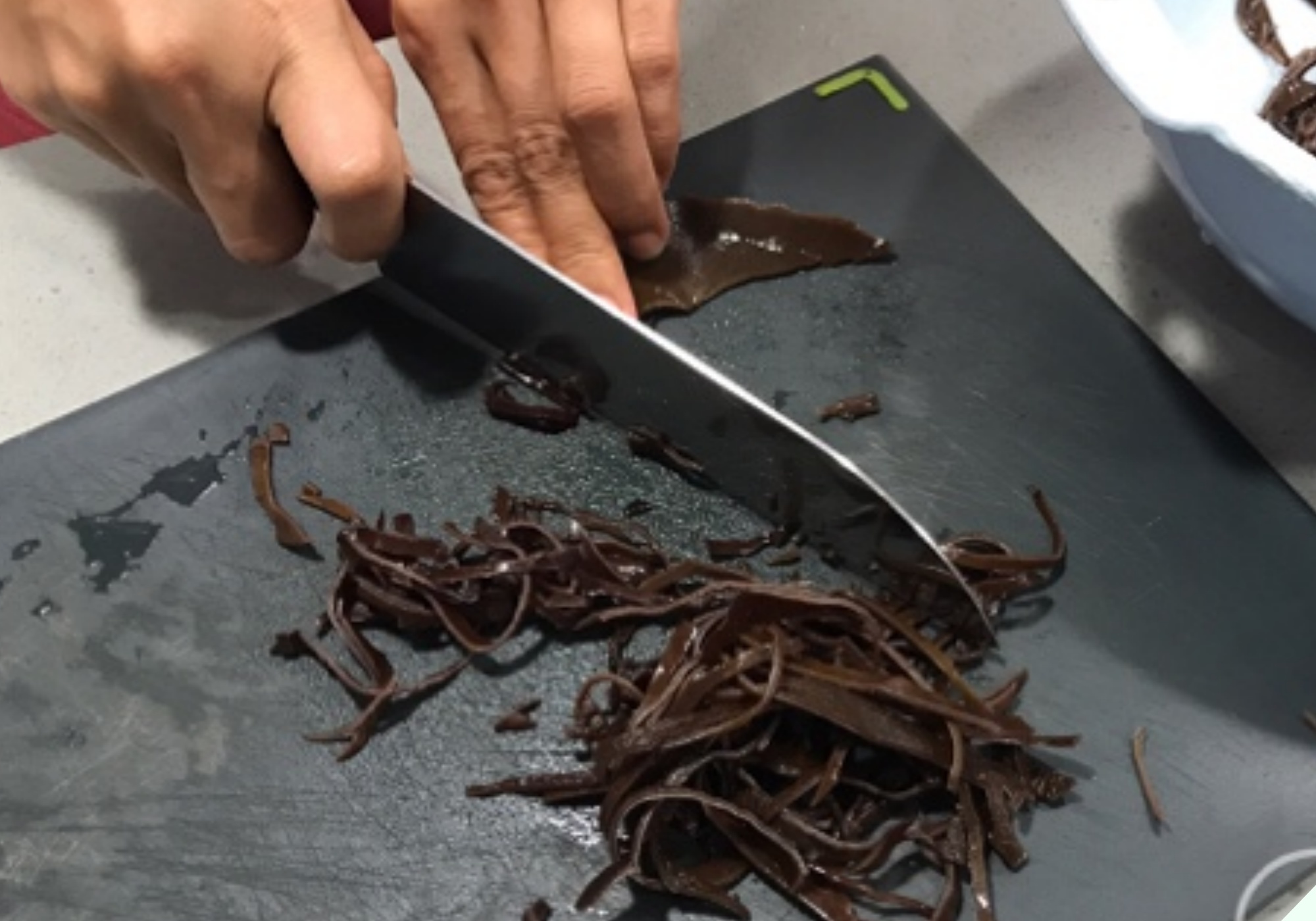
– Soak and chop the wood ear mushrooms.
Step 3: Grind the Pork
– Place the semi-frozen marinated pork into a meat grinder.

– Grind the meat for 2 minutes on medium speed, then add the baking powder and continue grinding for another 2 minutes until the meat becomes sticky and smooth.
Step 4: Wrap and Shape the Sausage
– Place a sheet of plastic wrap on a flat surface and spread the ground meat mixture on top. Roll it gently to form a large sausage shape.
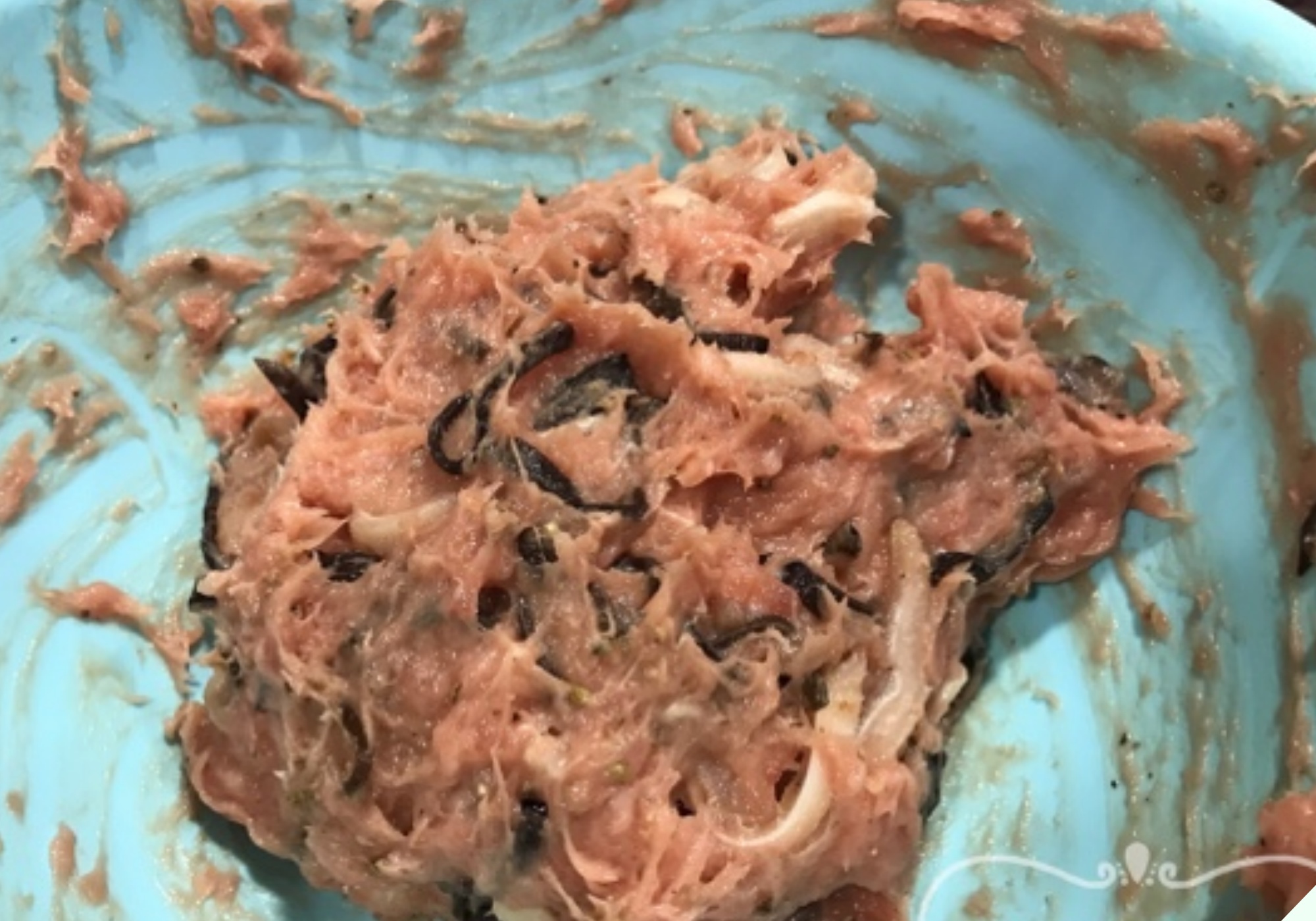
– For the pig’s ear mixture, combine it with the ground pork, chopped wood ear mushrooms, and scallions. Roll it in plastic wrap like a sausage, securing both ends, and steam it.
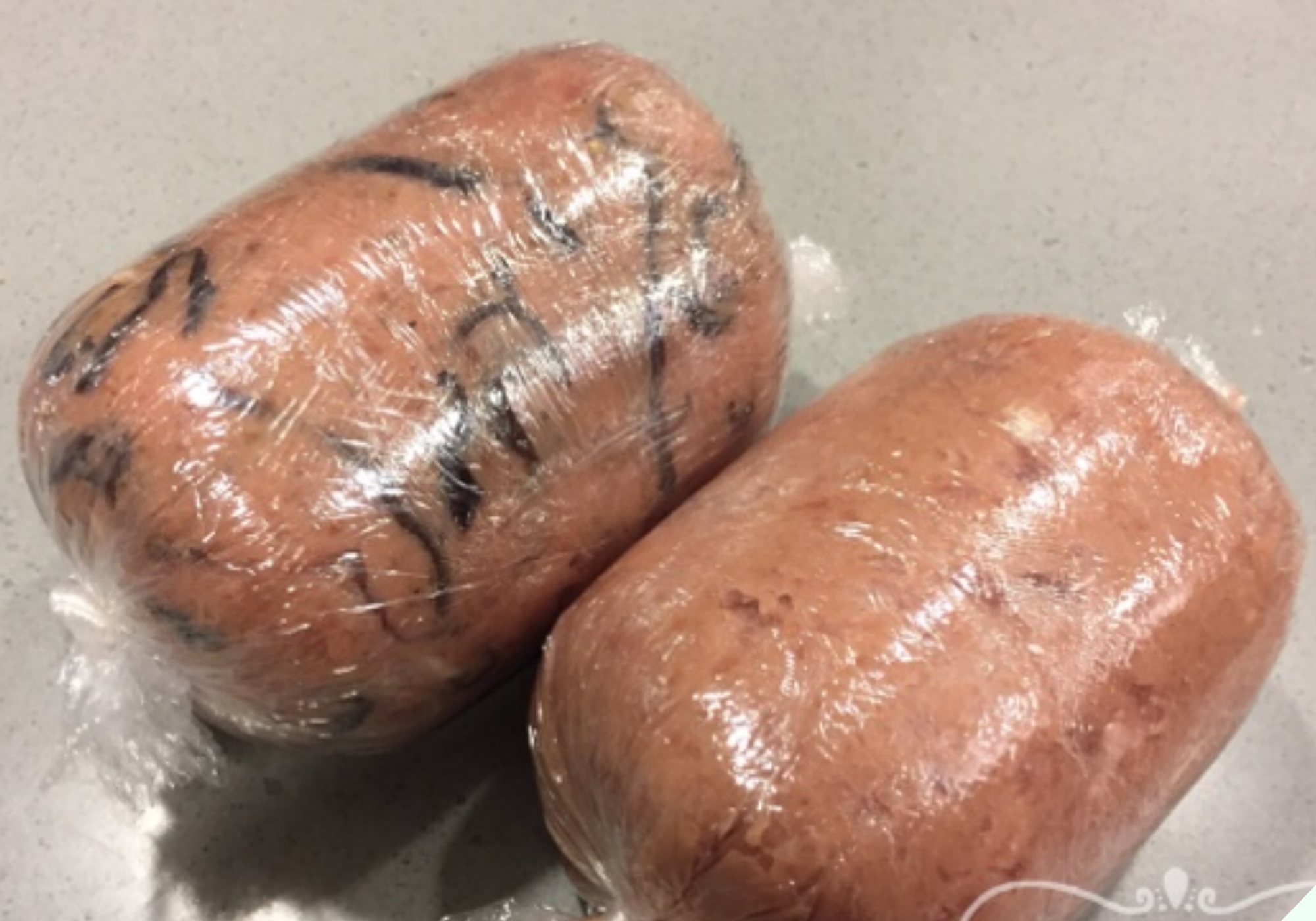
Step 5: Steam the Sausage
– Place the sausage on a steamer and steam for about 25 minutes.
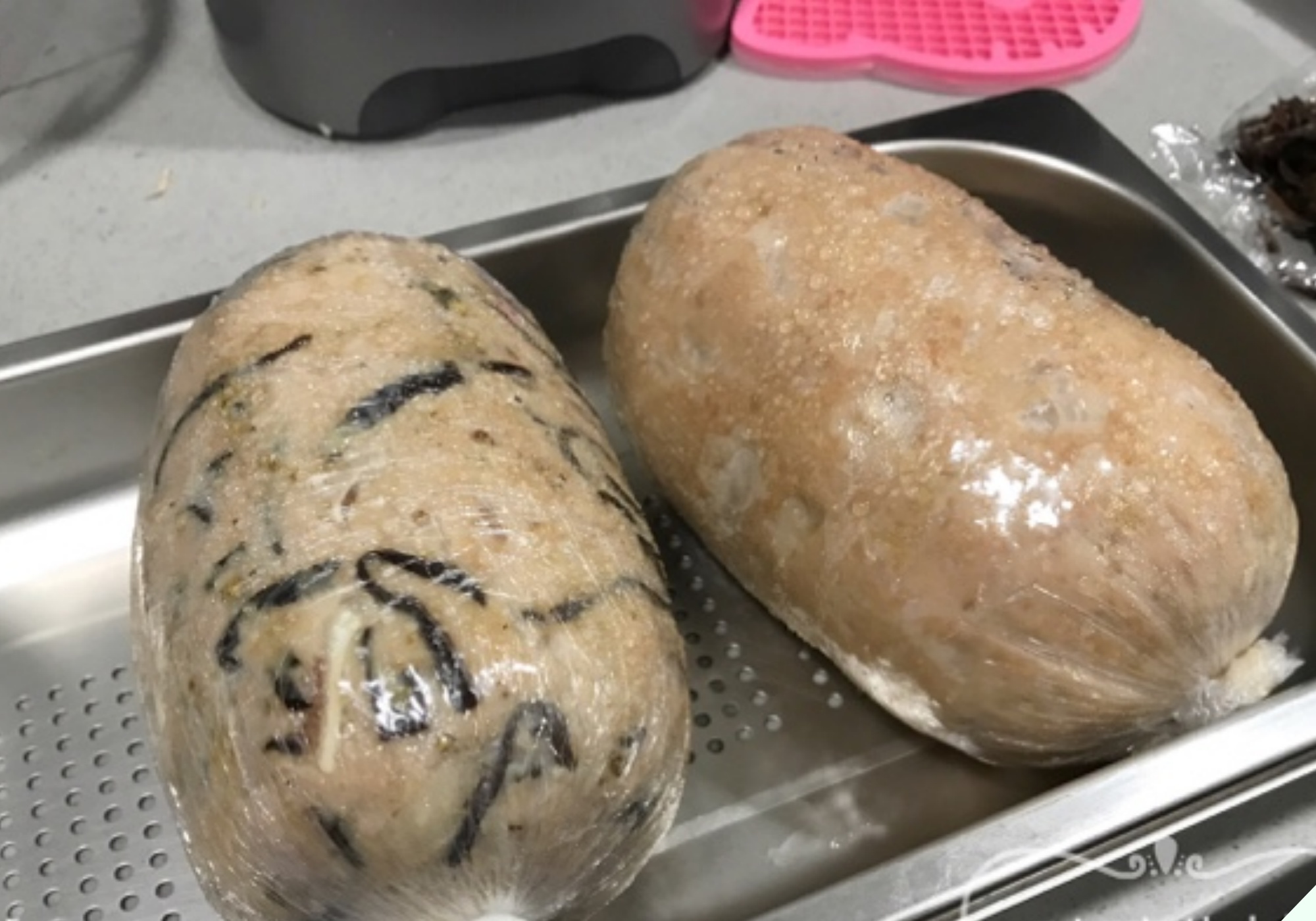
Step 6: Finish and Serve
– Remove the sausage from the steamer and let it cool down before slicing.
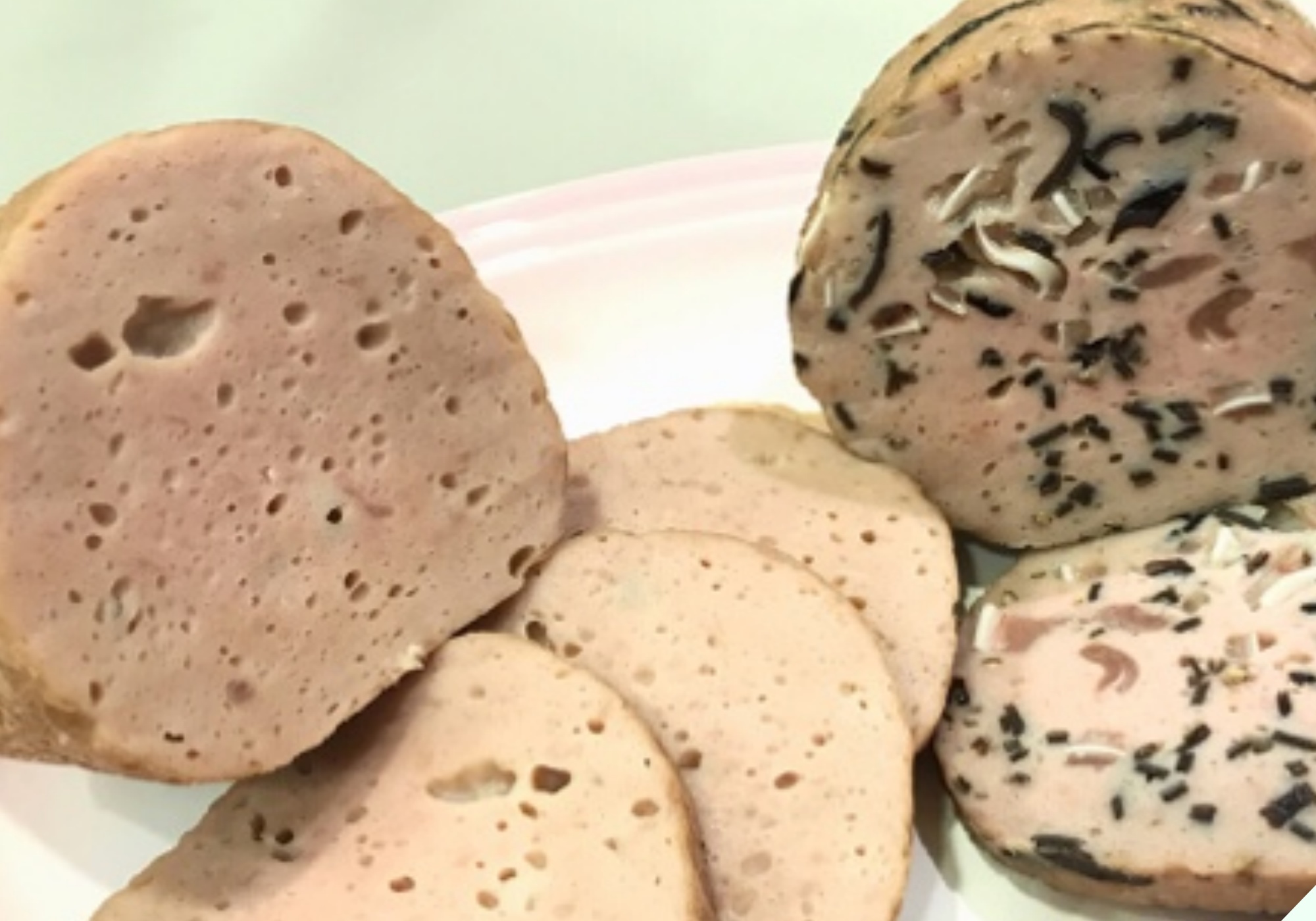
This homemade giò lụa has a beautiful light pink color, a soft and spongy texture, and a sweet, savory taste. The addition of pig’s ear and wood ear mushrooms gives it a unique crunchy texture that is sure to delight your taste buds.
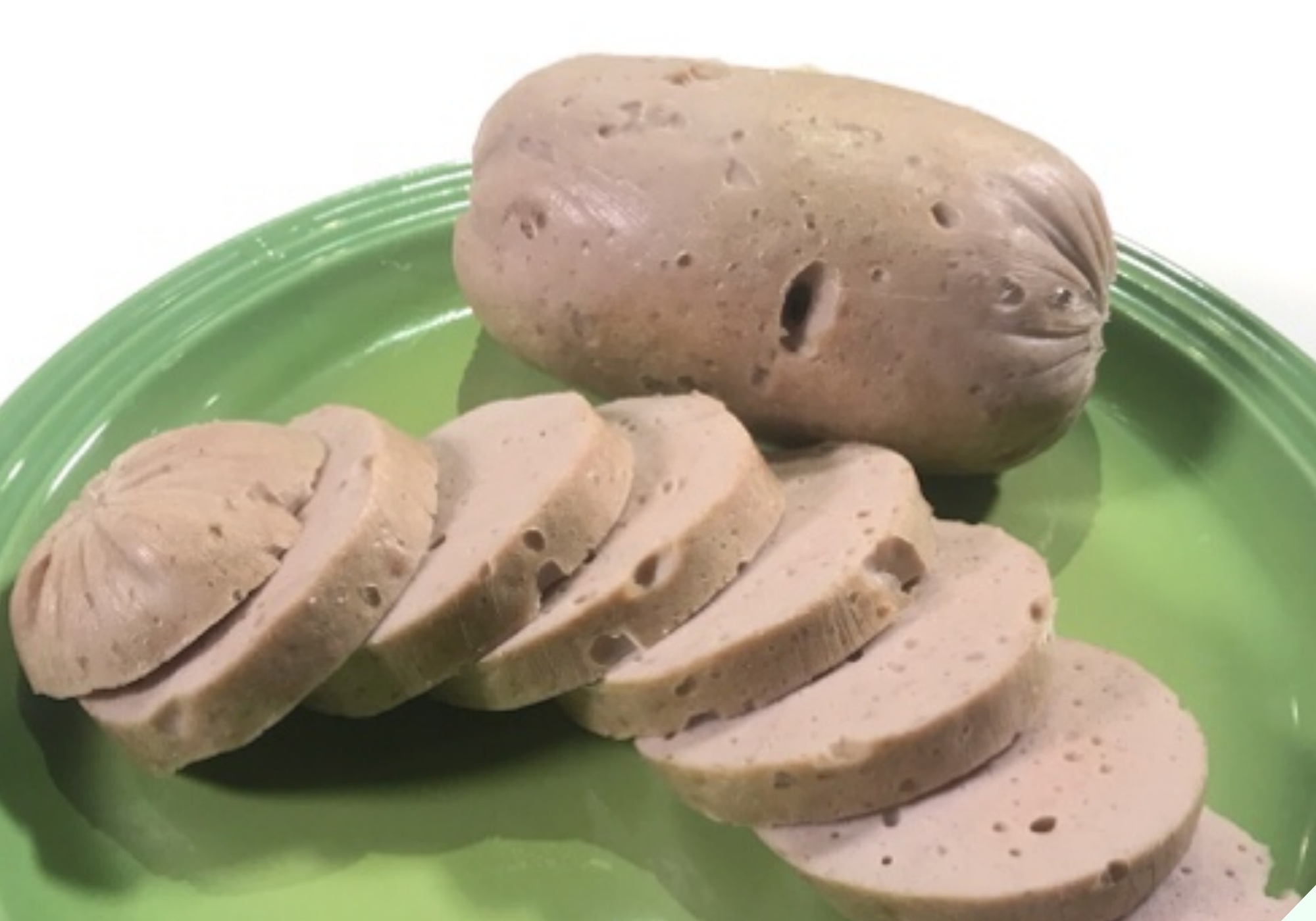
Impress your family and friends this Tết with your homemade giò lụa! It’s a delicious and healthy alternative to store-bought sausages, and it’s easy to make with our simple recipe.
The Secret to Crispy, Aromatic, and Cohesive Stir-Fried Pork for Tet: Master These 5 Tips!
This is a must-have dish for the Lunar New Year feast, and many are intrigued by its delicious flavor. To successfully prepare this dish, one must possess certain tricks up their sleeve. It is a delicacy that requires a special touch, and with the right techniques, one can create a mouth-watering treat that will leave guests wanting more.
The Ultimate Guide to Sausage and Pork Roll Shopping: A Simple Test for Quality Assurance.
To purchase delicious and authentic giò lụa and chả, one needs to possess a certain ‘know-how’. It is essential to be able to discern the pure, traditional delicacies from those that are filled with unwanted additives and fillers. With this knowledge, you can ensure that you are enjoying the very best that Vietnamese cuisine has to offer.






































